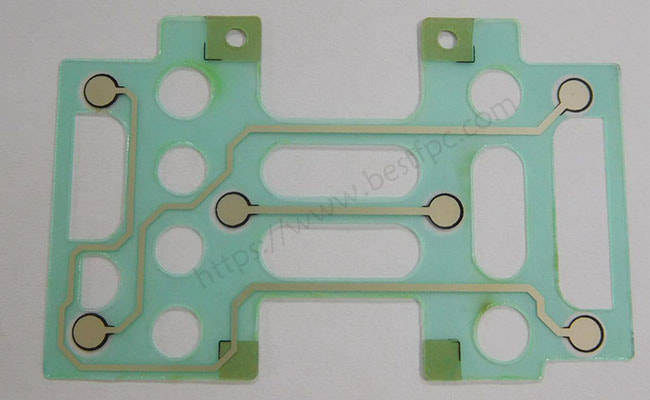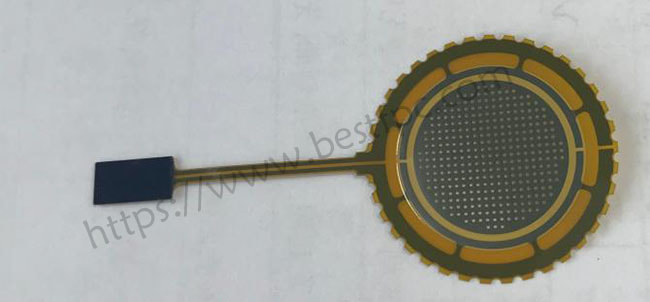The flex pcb raw material and stack up will decide the flex circuit quality. According to the market demand, there are three types of base raw material used for Flexible circuit board. Poyester(PET), adhesive Polymide (PI) and adhesiveless Polymide (PI) . Do you know the difference between the PET and PI material? If not, let us learn about it together now.
The advantages and disadvantages of Polyester(PET) and Polymide(PI).
Attached is a form for your reference, hope it will be helpful you. And you can choose the right raw material according the below form.
| Polyester(PET) | Adhesive Polymide |
Adhesiveless Polymide |
|
| Flexibility (2mm radius) | Bad | Good | Best |
| Tear strength | 800g | 500g | 500g |
| Strip strength in the air | 1050N/M | 1750N/M | 1225N/M |
| Eatching>=20% | BEST | Bad | Good |
| Working temperature | 80 | 85~165 | 105~200 |
| Chip | Bad | Good | Best |
The advantages of PET material: Production process is less, price is cheaper, lead time is shorter.
The disadvantages of PET material: Polyester material can not pass through soldering flow. Then it can not be working in high temperature environment.
The advantages of polymide (PI): It’s easy to bend. Can work in high temperature.
The disadvantages of Polymide (PI): The price of raw material is much higher than Polymide.
Below picture is the single sided FFC, ENIG 3u’’, 10pin, 0.5mm pitch, and it is made of Poyester(PET) material

Below picture is a 1layer flex pcb, 4 mil PET material, print silver ink, carbon finishing mask, insulation( protective coating), carbon resistance less than 500 ohm.

Below picture is 1L FPC, it is made of adhesive polymide raw material. ENIG 1u’’, 1oz Cu, 1mil PI, 1mil coveraly, and the total thickness is 0.13mm+/-0.03mm.

It is a single sided FPC, ENIG 1u’’, 1/2ozCu, 1mil adhesiveless PI, 1/2mil coverlay.

If you have any questions or would like to learn more, warmly










 2023-03-14
2023-03-14
 BEST
BEST

.png)
.png)
.png)
.png)

.png)

